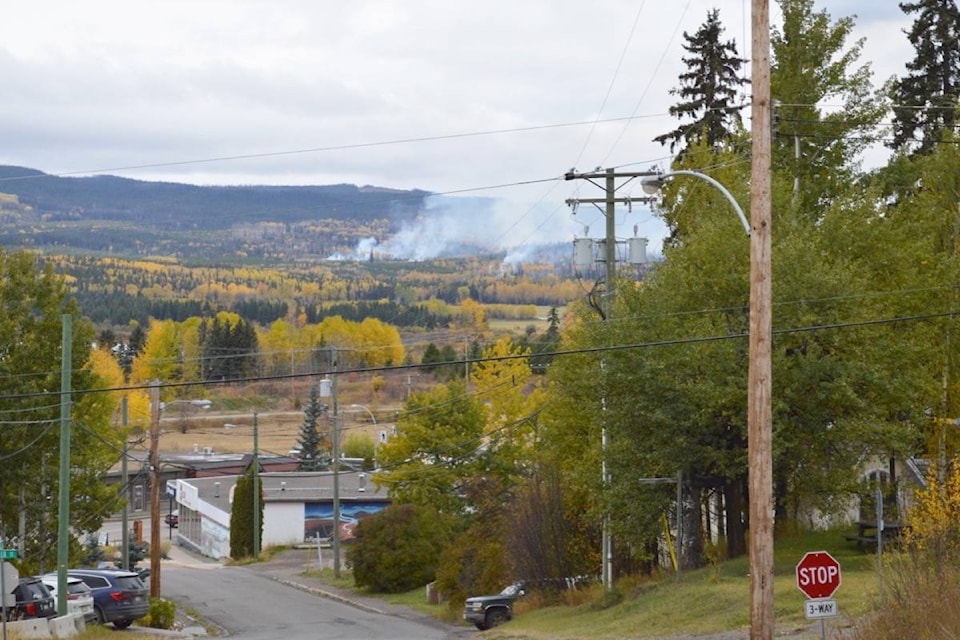Unmarketable timber destined for the burn pile will be diverted to Pinnacle Pellet under a program by the British Columbia Forest Enhancement Society (BCFES).
Pinnacle Renewable Energy, which owns the Burns Lake pellet plant will receive $929,314 for about 87,000 cubic metres of residual fibre, according to a Nov. 13 media release from the ministry of Forests, Lands, Natural Resource Operations and Rural Development (FLNRORD).
Pinnacle’s share is one of 38 similar projects across B.C. for which FLNRORD allotted $27 million and that the BCFES will distribute.
“The primary purpose of this funding is to avoid the greenhouse gas emissions by not burning this uneconomic residual fibre by transporting and having it utilized at Pinnacle pellet facility,” as Gord Pratt, Operations Manager with BCFES told Lakes District News.
The waste to be gathered for the project will come from areas of the Chinook and Cheslatta community forests on the Southside. The material for Pinnacle has already been set aside.
“Chinook is very happy to be working with Cheslatta and Pinnacle to utilize this fibre,” said Ken Nielsen, Manager of the Chinook Community Forest.
A horizontal wood grinder will be used to process the wood piles, said Pinnacle representative Josh McQuillin.
The $929,314 that Pinnacle will receive will cover the costs of trucking the fibre from across Francois Lake and to the Burns Lake pellet plant.
“This material is not within Pinnacle’s current economic threshold due to extended trucking distances and ferry wait times. The program is set up so that Pinnacle pays for the majority of the project costs, and FES offsets the rest,” said McQuillin.
“These projects will employ forestry contractors, some of whom might otherwise be unemployed,” the FLNRORD release said. “In addition, it will help to employ mill workers who produce electricity, wood pellets and pulp at mills that produce these products specifically. As result, more wood waste will be turned into electricity, heat energy and pulp products to help achieve B.C.’s and Canada’s climate change targets.”
Other slash diversion projects in northwest B.C. to receive funding through the FESBC include two in and around Fort St. James. The Sasuchan Development Corporation will get $435,235 to for about 59,000 cubic m of fibre and the Fort St. James Fuel Co. Limited Partnership will receive $500,000 for about 52,000 cubic m.
In Terrace, its community forest will receive $443,400 for 30,000 cubic m and Coast Tsimshian Resources LP will get $874,562 for about 94,000 cubic m.
In Prince George, Canfor Pulp and Paper will get $1.5 million for about 143,000 cubic m.
Blair McBride
Multimedia reporter
Send Blair an email
Like Lakes District News on Facebook
